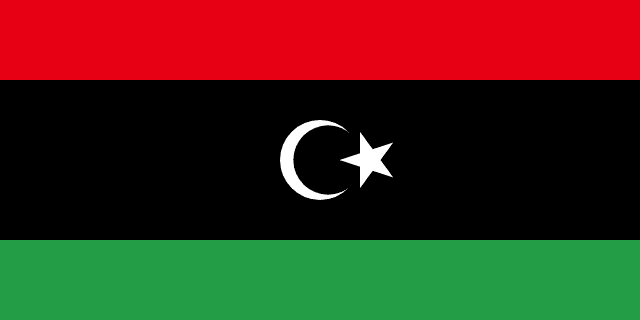Country Information
| Sovereign State | Yes |
| Country Codes | NE, NER, 562 |
| Official Name | Republic of Niger |
| Continent | Africa |
| Capital | Niamey |
| Government Type | Semi-Presidential Republic |
| Currency | West African CFA Franc (XOF) |
| Calling Code | +227 |
| Member Of | United Nations, African Union, Economic Community of West African States, Organisation of Islamic Cooperation |
| Population | Approximately 24 million |
| Total Area | 1,267,000 km² |
| Highest Point | Mont Idoukal-n-Taghès in the Aïr Mountains (2,022 meters, 6,634 feet) |
| Lowest Point | Niger River (200 meters, 656 feet) |
| GDP Per Capita | USD 550 |
| Life Expectancy | 62 years |
| Internet TLD | .ne |
Niger National Anthem
La Nigérienne (The Song of Niger)
Throughout great powerful Niger which makes nature more beautiful,
Let us be proud and grateful for our newfound freedom!
Let us avoid vain quarrels in order to spare ourselves bloodshed,
And may the glorious voices of our race be free of domination!
Flags of Neighboring Countries







History of the Niger Flag
The national flag of Niger was officially adopted on November 23, 1959, shortly before the nation gained independence from France in 1960. The flag features three horizontal stripes of orange, white, and green, with an orange roundel in the center of the white stripe.
The colors of the flag are symbolic of the nation’s characteristics and aspirations. The orange represents the Sahara Desert, which covers much of the northern part of the country. The white symbolizes purity and innocence, as well as the Niger River, a crucial source of life and sustenance for the country. The green stands for the fertile areas of the south and the hope for a prosperous future. The orange roundel in the center symbolizes the sun and the desert, and it is also a representation of readiness to defend the nation’s freedom.
The design of the Nigerien flag is reflective of the Pan-African colors, which are used by many African nations as a sign of unity and independence from colonial rule. The flag’s simplicity and the use of Pan-African colors link Niger with other African nations while also highlighting its unique characteristics.
The flag of Niger is a source of national pride and identity. It is displayed prominently in public spaces, government buildings, and at national and international events. The flag symbolizes the unity of the nation, the diversity of its landscape, and the determination of its people to create a prosperous future. The adoption of the flag in 1959 was a significant step in Niger’s journey to independence and has since become an enduring symbol of the nation’s sovereignty and heritage.

